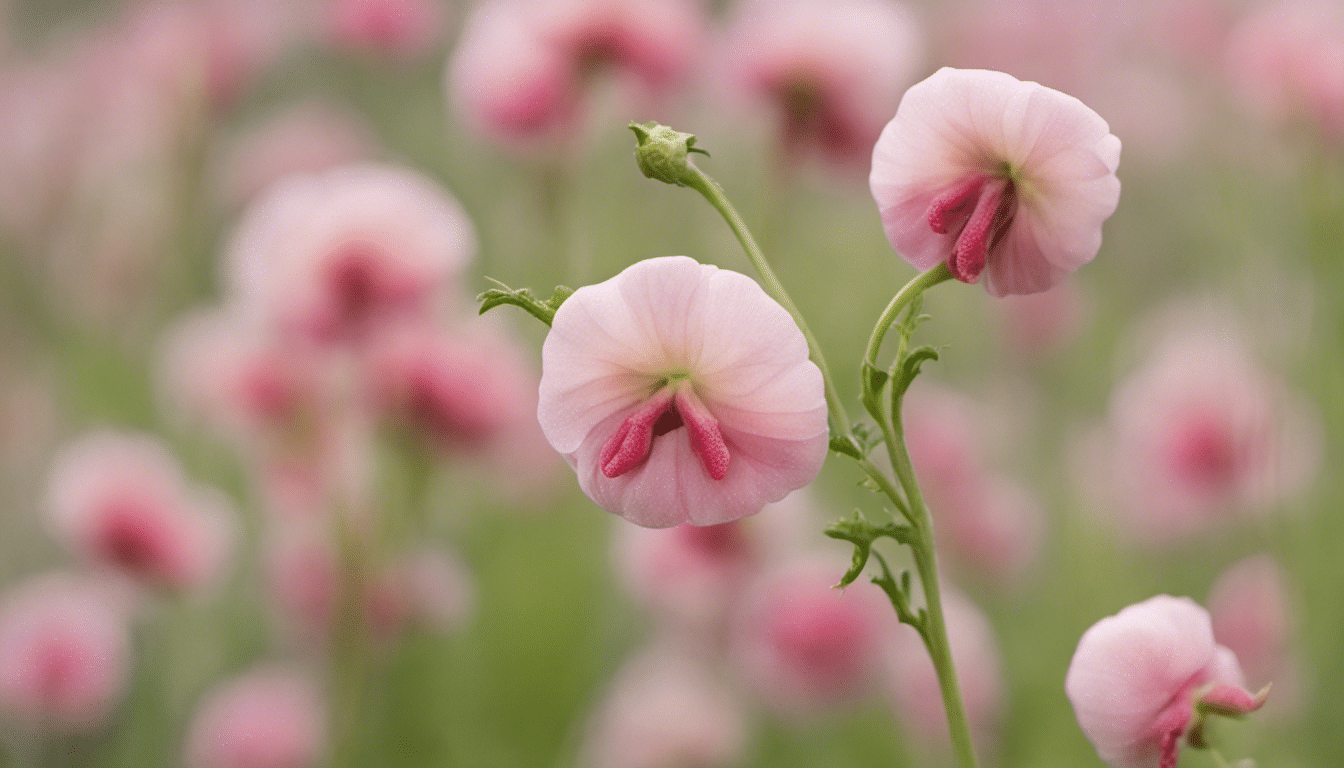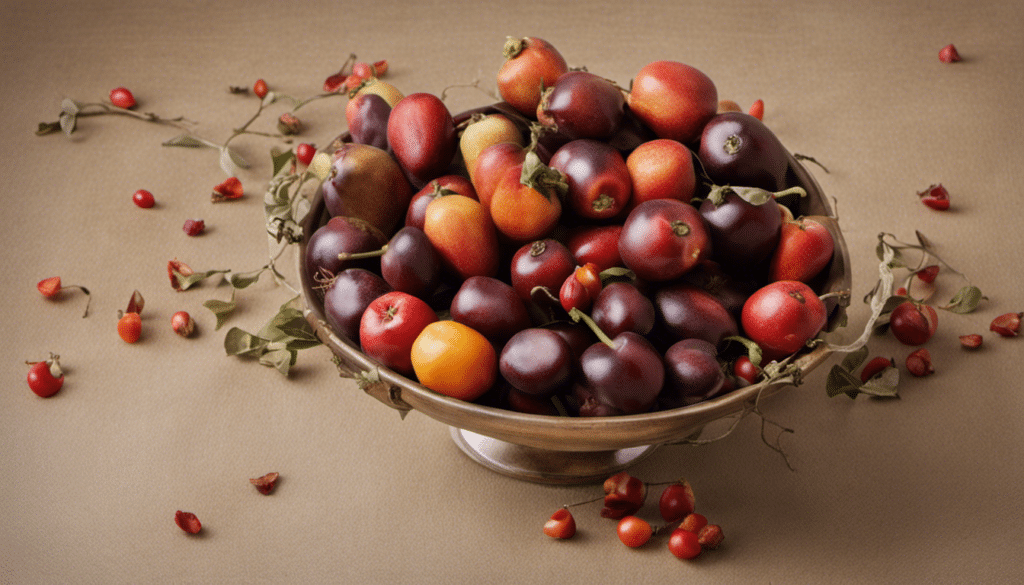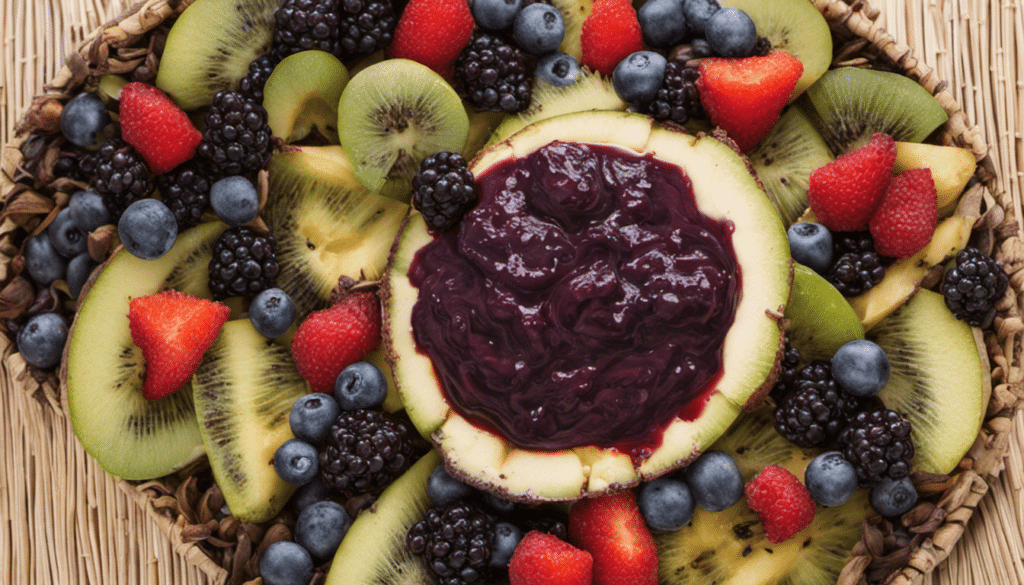All About Chinese mallows
If there’s one magical plant that continues to astound health enthusiasts and foodies alike, it’s the Chinese mallow. This ethereal green gem, with its captivating disk-like leaves and petite pink blooms, not only adds an exotic touch to your meals but also packs a punch with a myriad of health benefits.
A quick dig into the Chinese Mallow’s Origin
Chances are, you’ve stumbled upon the Chinese mallow featured in Asian recipes. It’s no surprise, as this beneficial veggie, known scientifically as Malva verticillata, traces its roots back to East Asia, particularly China. The plant, famously known in Chinese as dong kui zi, thrives predominantly in the wild along roadsides and grassy patches. However, it’s not uncommon to see it being diligently cultivated for its health and culinary attributes back in its homeland.
Nutritional facts and Health Benefits of Chinese Mallow
If you’re intrigued by the nutritional perks this Asian green offers, buckle up. Chinese Mallows champion the green veggie kingdom when it comes to fiber content, ensuring a happy and smooth functioning gut. At the same time, they brim with substantial levels of Vitamin C, which is crucial for our immune system and skin health. [1]
Chinese mallow’s enormity of health virtues doesn’t stop here. Regularly including it in your diet can bring brilliant results due to its diuretic properties, which help detoxify your body. The plant also exhibits promising anti-inflammatory traits—an admirable ally to reduce chronic inflammation and associated health issues.
Supporting cardiovascular health is yet another feather in the Chinese mallow’s cap. They contain valuable nutrients known to reduce blood pressure and guard against heart diseases. Additionally, studies are emerging indicating that Chinese mallow could potentially aid in weight loss and diabetes control. [2]
How to Use Chinese Mallow in Your Cuisine?
If you’re wondering how to weave Chinese mallow’s health magic into your regular meals, we’ve got you covered. The plant’s young tender leaves and stems can be eaten raw— making it an exciting addition to your salads, or it can be lightly sautéed with garlic for a straightforward, nutrient-rich side dish.
Chinese mallow’s mild umami flavor pairs wonderfully with noodles, rice dishes, stir-fries, or soups. A popular preparation in East Asia is making a nutritious tea out of dried Chinese mallow seeds, rewarding both your palate and your health.
Unleash your culinary creativity and experiment with this hugely versatile green hero in your kitchen. Incorporating Chinese mallow into your diet poses a delightful challenge to every gourmet chef, while also being an easy way to ramp up your health game—all with a single, delectable ingredient.
Chinese mallow Recipe Ideas
- Chinese Mallow Soup
- Chinese Mallow Saute with Garlic
- Steamed Chinese Mallow Leaves with Sesame Sauce
- Stir-Fried Chinese Mallow with Tofu
- Chinese Mallow Salad
- Chinese Mallow with Oyster Sauce
- Chinese Mallow and Shrimp Stir-Fry
- Braised Chinese Mallow with Shiitake Mushrooms
- Chinese Mallow and Pork Soup
- Roasted Duck with Chinese Mallow




